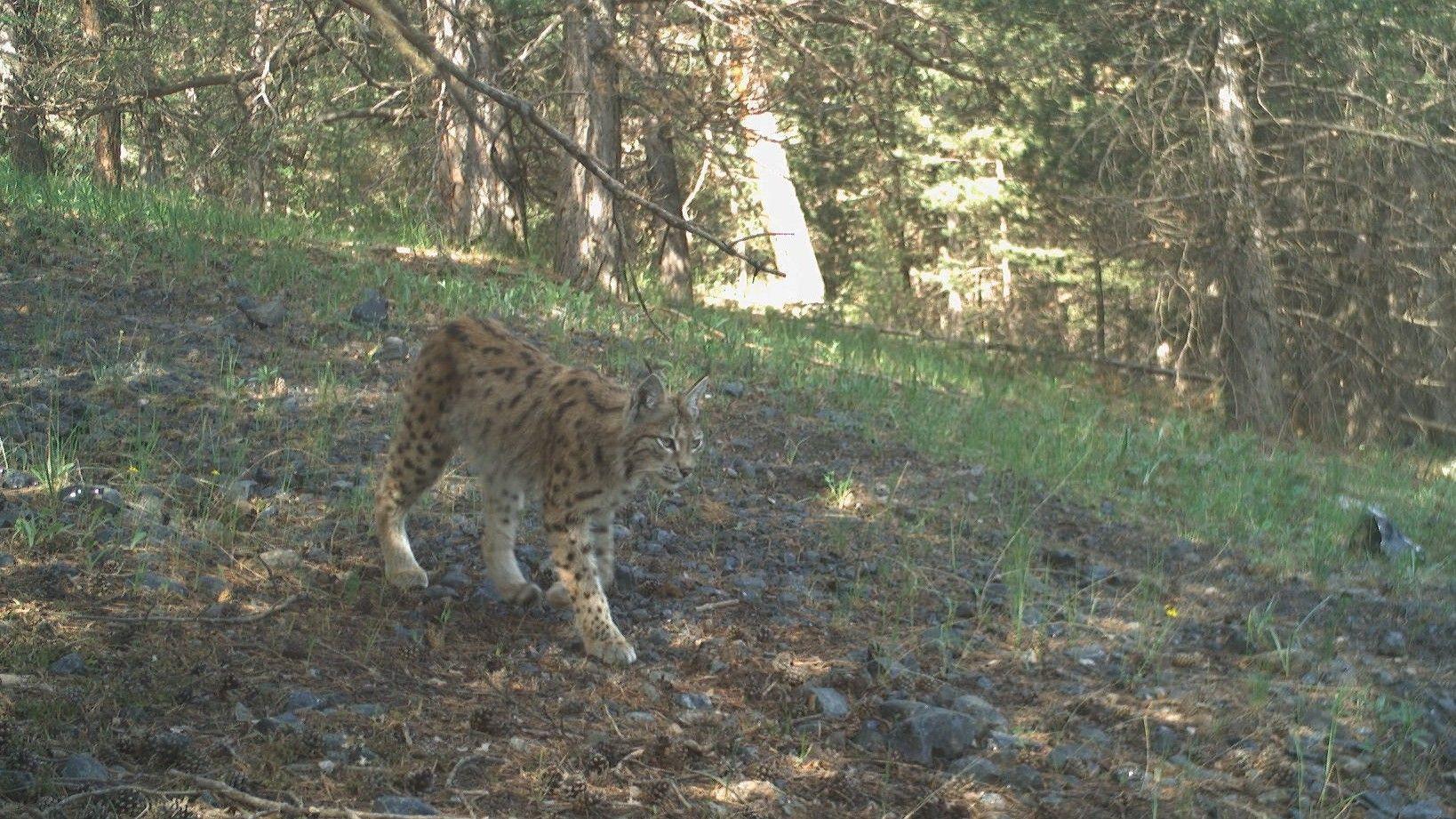
Researchers have fitted total of 25 lynxes, known as the “ghost of the forest,” with satellite collars as part of an ongoing effort to monitor their movements and support conservation efforts in northeastern Anatolia.
KuzeyDoğa Association, a wildlife conservation organization, has been conducting scientific research on wildlife in the eastern city of Kars’ Sarıkamış district since 2013.
Emrah Çoban, the association’s science coordinator, explained that this is the longest-running lynx monitoring program in Türkiye.
Data collected over nearly 12 years shows that lynxes rarely leave the deep forest areas and avoid contact with humans, Çoban explained.
“Lynxes are very quiet and mostly active at night, which is why they are often called the ‘ghosts of the forest,’” he said.
During winter, especially in their breeding season, they sometimes move beyond the forest edges to find mates but return to Sarıkamış’s protected forests to raise their young.
The rugged terrain, dense forests and valleys of Sarıkamış provide vital habitat for the lynxes, according to Çoban.
Çoban also highlighted that camera traps have captured lynxes with two to three cubs, confirming successful reproduction in the region.
He noted that the team has shared identified lynx breeding sites with the forestry officials to improve conservation measures in these areas.
Two lynx species exist in this area: The Caucasian lynx and the Eurasian lynx.
The Sarıkamış lynxes are smaller than other Eurasian lynxes in Türkiye, likely due to a diet mainly composed of hares and small rodents, since roe deer, a common prey elsewhere, are scarce here.